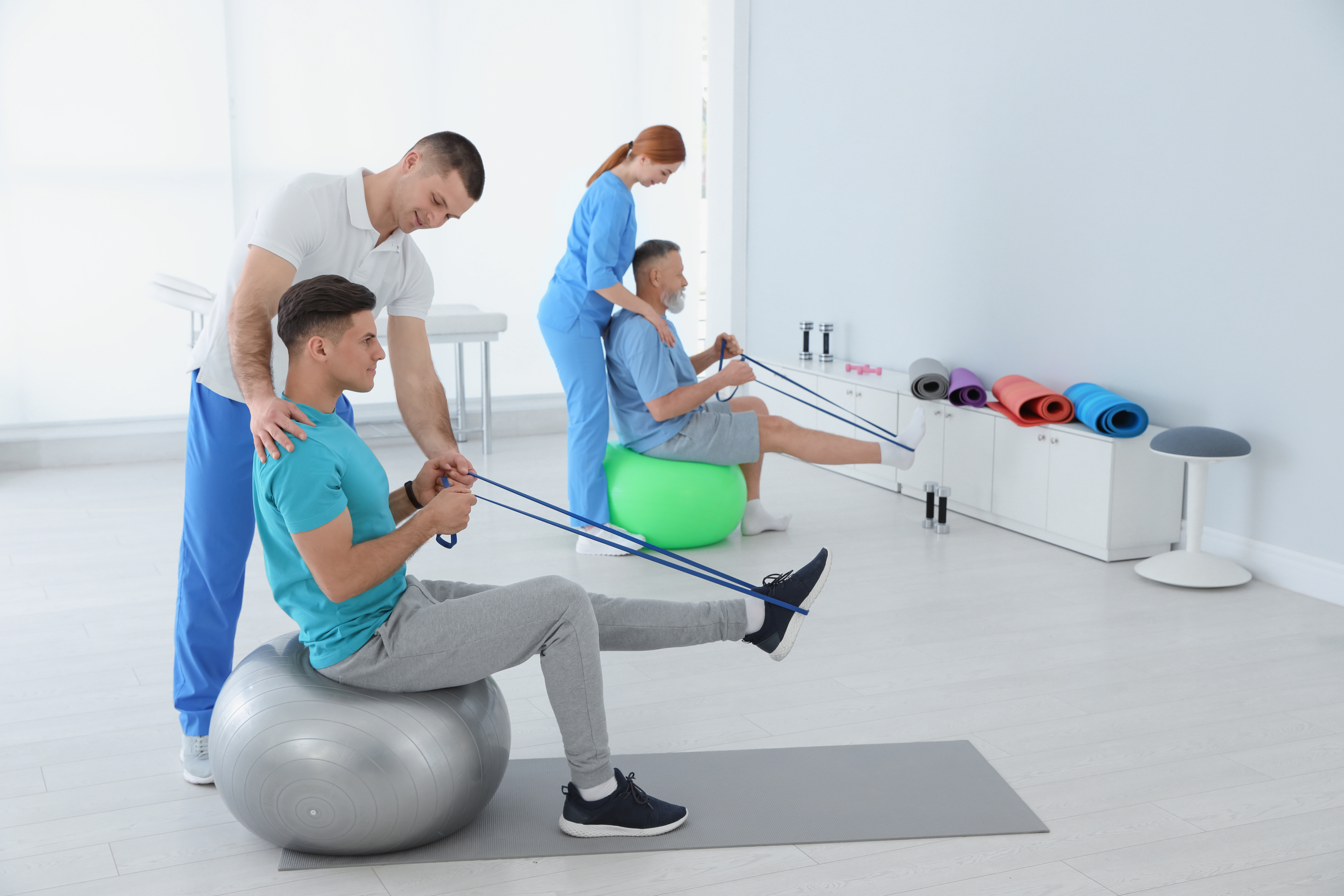
Persistent discomfort affects millions of individuals worldwide and can substantially diminish the quality of living. It can result from various conditions, such as arthritis, chronic pain syndrome, or previous traumas. While drugs and therapies are frequently used to control pain, a growing body of research shows that exercise can serve a crucial role in relieving chronic pain. Engaging in consistent physical activity can not only help lower pain levels but also enhance overall well-being and capability. Understanding how exercise affects the physical state can empower patients to take control of their pain relief.
Exercise has several physical benefits that can help reduce chronic pain. When people engage in physical activities, their bodies release endorphins, which are natural pain-relievers. Additionally, exercise can improve blood circulation and fortify muscles, providing better support for articulations. For those with issues like arthritis, low-impact workouts such as swimming or biking can help maintain joint flexibility without placing excessive strain on the body. Consistent exercise also assists in preserving a fit weight, which can lessen the pressure on load-bearing joints and additionally ease pain.
In furthermore to its physical benefits, exercise has a positive impact on mental health. Chronic pain can often lead more helpful info to feelings of anxiety and depression, which can worsen the perception of pain. Engaging in regular physical activity can assist fight these feelings by enhancing self-esteem and improving mood. Group exercises, such as yoga or pilates, also provide communal interaction, which can improve emotional backing. This combination of physical and emotional health benefits makes exercise an crucial component of a holistic pain relief strategy.
It is crucial to approach exercise with caution, particularly for those managing with chronic pain. Beginning slowly is vital to prevent worsening symptoms. Patients should think about seeking advice from healthcare experts to create a personalized exercise plan that takes into account their particular issues and constraints. Exercises such as flexibility training, walking, or gentle yoga can be excellent starting points. Slowly boosting the effort and length of workouts can help build strength and endurance without causing undue strain on the system.
In conclusion, utilizing the benefits of exercise can substantially alleviate chronic pain and improve standard of life. Consistent physical activity not only helps to lessen pain through the release of endorphins and enhanced muscle strength but also promotes mental well-being. By incorporating exercise into daily routines, patients can enable themselves in controlling their pain. A careful and informed method to exercise, directed by healthcare professionals, can lead to lasting improvements in health and overall quality of life.